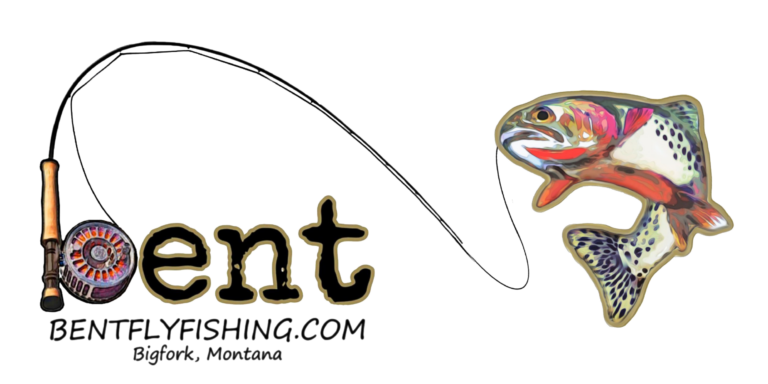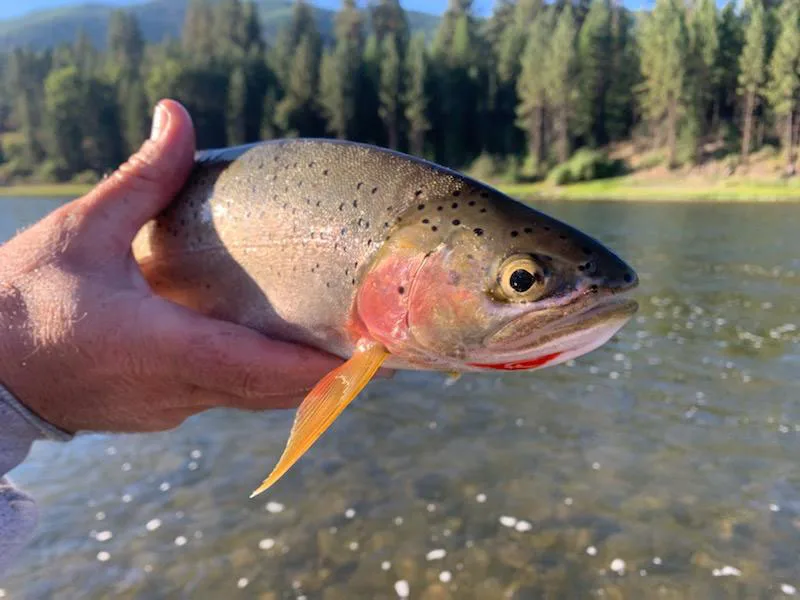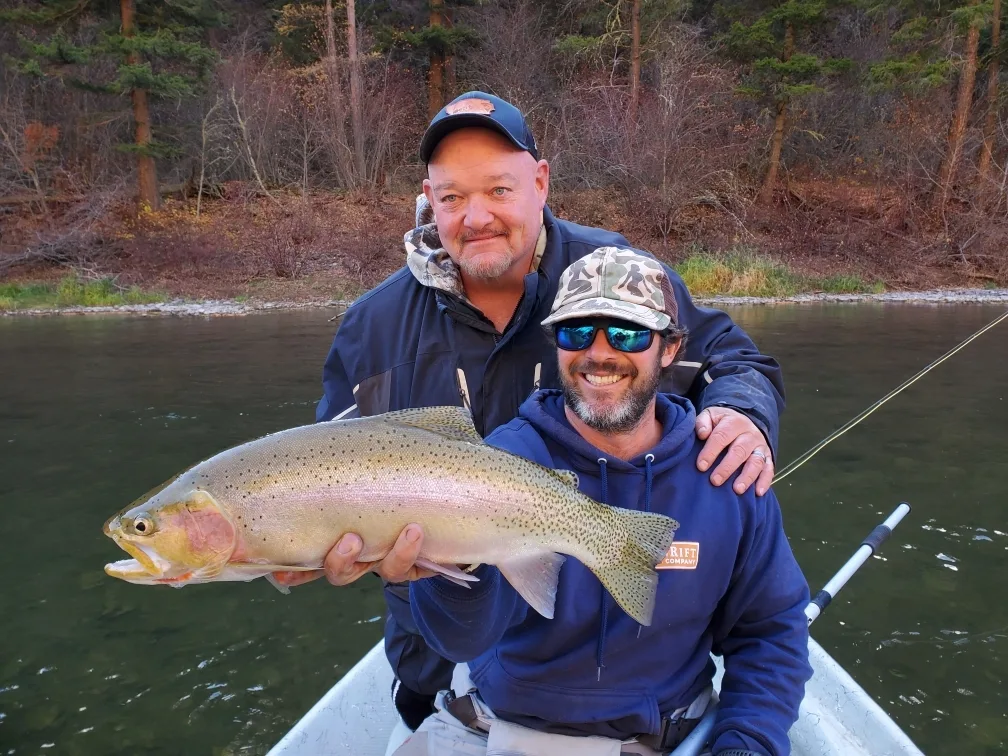
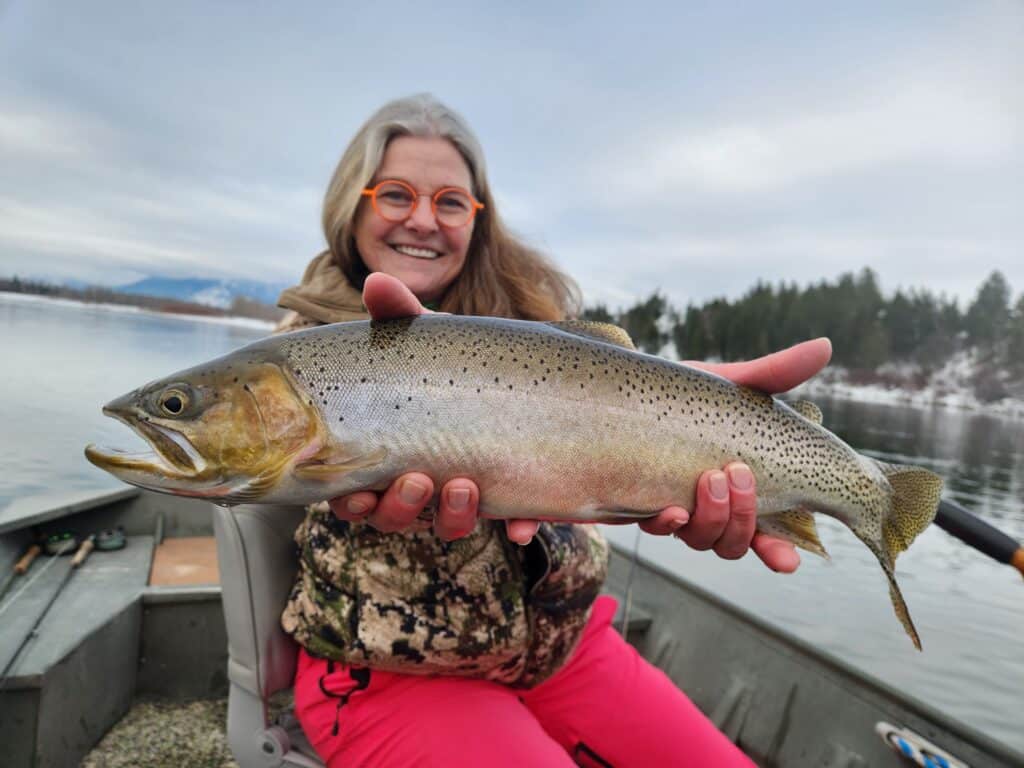
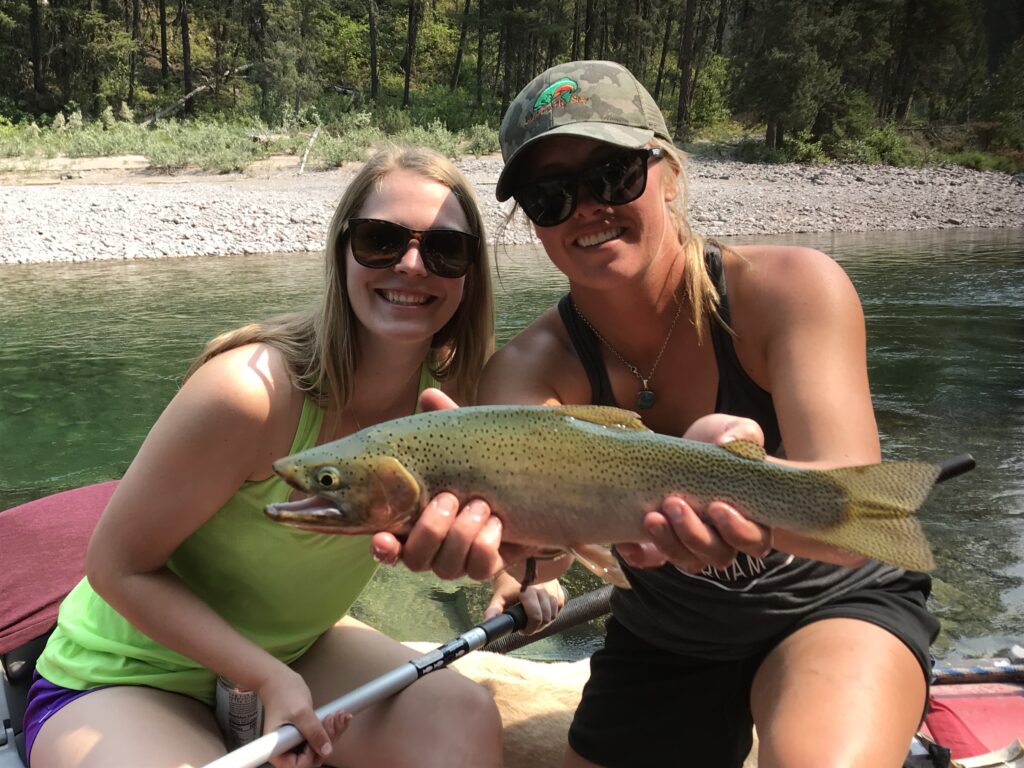
THE ALLURE OF THE WEST
These days there is still a certain amount of mystery and allure that lives in the mountains and forests of Montana. That feeling of the unknown is located at the summit of the greatest peaks and in the depths of the deepest lake. There is still a chance to “Get lost in Montana” deep in the Bob Marshall, or the Scapegoat Wilderness. Where you can escape the skyscrapers and the cell phone towers. Though nowadays we have safety nets in place, like satellite phones and helicopters, it was not that long ago that the Corp of Discovery blazoned the trail through the uncharted wilds of Montana.
LEWIS AND CLARK EXPEDITOIN
The Lewis and Clark Expedition set off from Washington D.C. on July 5, 1803, and reached the Pacific Ocean in November of 1805. Meriweather Lewis and Thomas Jefferson spent months in preparation for the journey West. Lewis studied under numerous professors educating his mind in celestial navigation, first aid, medicine, botany, and food preservation. He was also busy gathering supplies needed for the trip his list included: food, shelter, tools, camping, clothing, medical supplies, weapons and arms, scientific and mathematical instruments, maps, reference books, writing materials, and gifts for Native American Indians. He was to keep an accurate and detailed journal of all findings to report back to Thomas Jefferson. Lewis offered William Clark his former commanding officer in the Army to be his co-command on the journey. Clark accepted and together the pair made history while recording a detailed account of their exploration West.
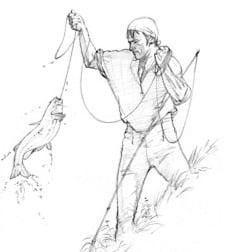
Westslope cutthroat trout (Oncorhynchus clarkii lewisi)
It was on June 13th, 1805 that the first record of the westslope cutthroat trout was documented. Lewis and Clark had made it to the Great Falls of the Missouri River. They had with them the designated fisherman for The Corps of Discovery, Private Silas Goodrich who often caught “several fine trout”. Meriweather Lewis recorded this detailed journal entry:
“precisely resemble our mountain or speckled trout in form and the position of their fins, but the specks on these are of a deep black instead of the red or goald colour of those common to the U.’ States. these are furnished long sharp teeth on the pallet and tongue and have generally a small dash of red on each side behind the front ventral fins; the flesh is of a pale yellowish red, or when in good order, of a rose red.”
He was describing Montana’s official state fish the Oncorhynchus clarkii lewisi, commonly known as the westslope cutthroat trout. These beautiful fish are native to the Columbia River Basin and thrive in the cold rivers and streams of our area. Ranging in size from 6 to 20 inches long depending on location and time of year. We are fortunate to have these prized trout living in our home water the Flathead River. They vary in color but typically have dark green-colored backs and light pinkish bellies, but it is the bright orange slash under their gills that makes them unmistakable. Cutthroat like to eat bugs on the surface so they make for an exciting day of dry fly fishing. They might not get as big or fight quite as hard as a rainbow trout but getting one of these beauties in the net is certainly memorable.
The legacy of the trout lives on
Over the past few decades, the westslope cutthroat trout population in Montana has been declining due to several factors. Habitat loss from the construction of roads, logging, dams, livestock, and erosion is high on the list. The non-native rainbow trout will run the show against the young cutthroat and take over an area and food. Also, hybridization with the rainbow trout is affecting the fitness and population of our state fish. Although a recent study sampled 129 rivers and streams in Montana and Idaho and discovered that more than 70% showed no signs of hybridization, it is still undoubtedly a huge threat to the lineage of the species. Overfishing and poor fish handling must also make the list and it’s something that we can all be better at!
We happen to live in a place where the pure native cutthroat still swims freely. They are particularly fond of our cold and nutrient-lacking water. We take pride in our rivers and the fish that live in them and we hope that you will too! Next time that you are out on the water with your friends and family or with one of our fantastic guides and a hungry cutthroat sips your dry fly let it take you back to 1805.
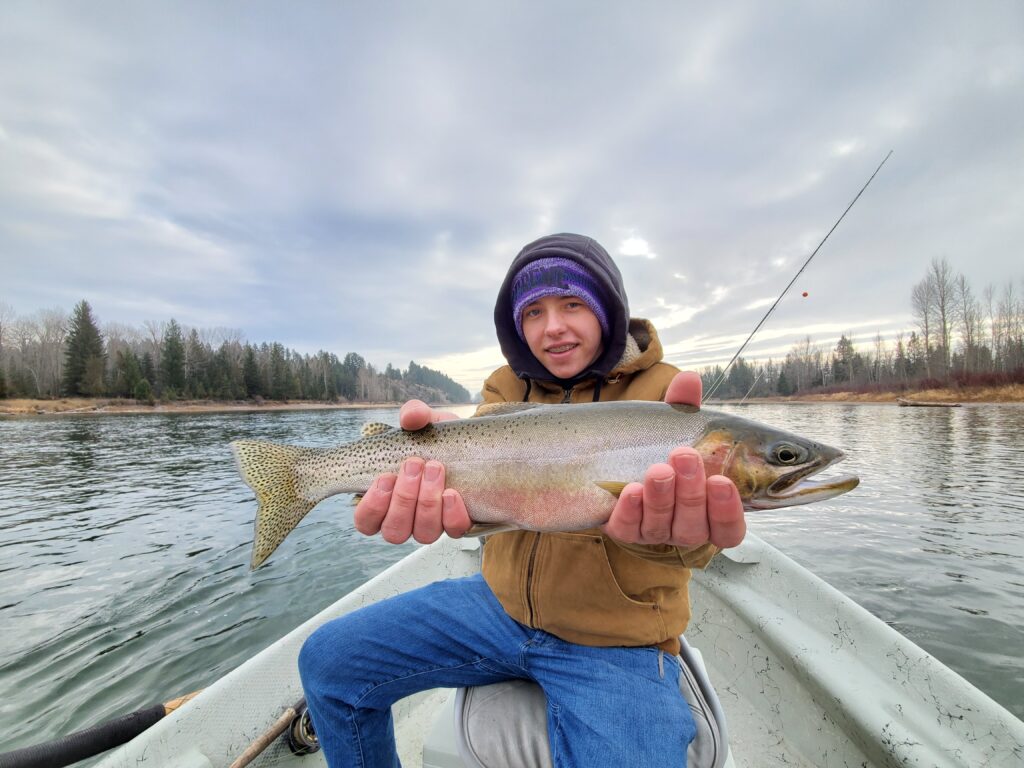


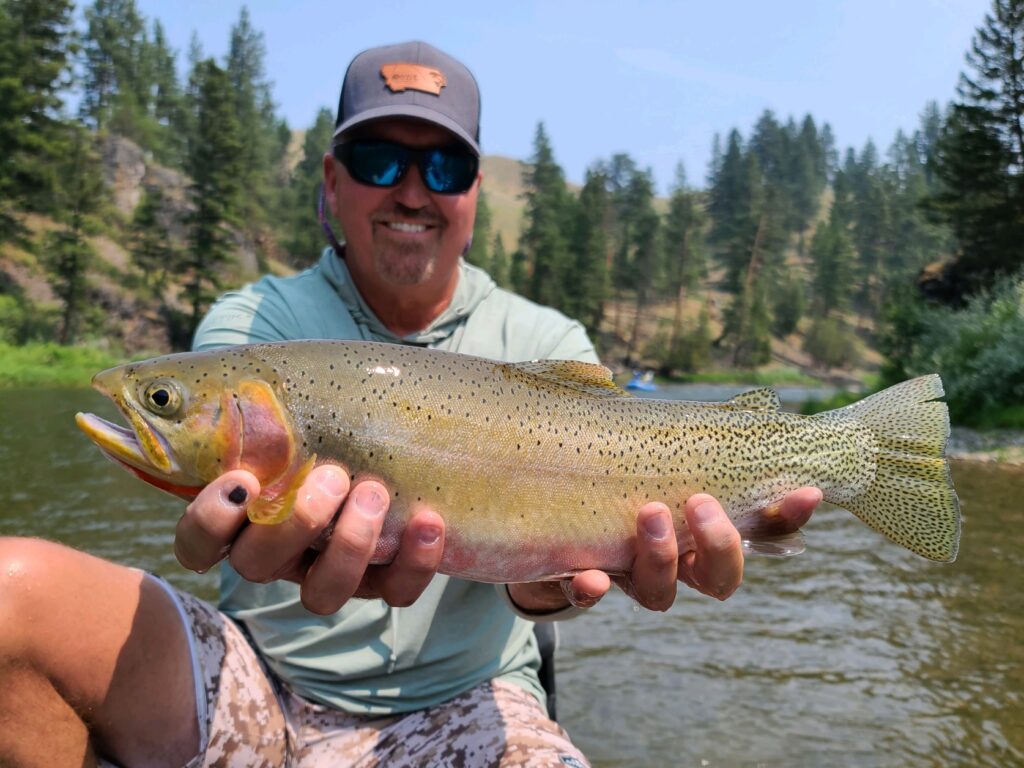
A lot of great information about cutthroat came from The Western Native Trout Initiative.
